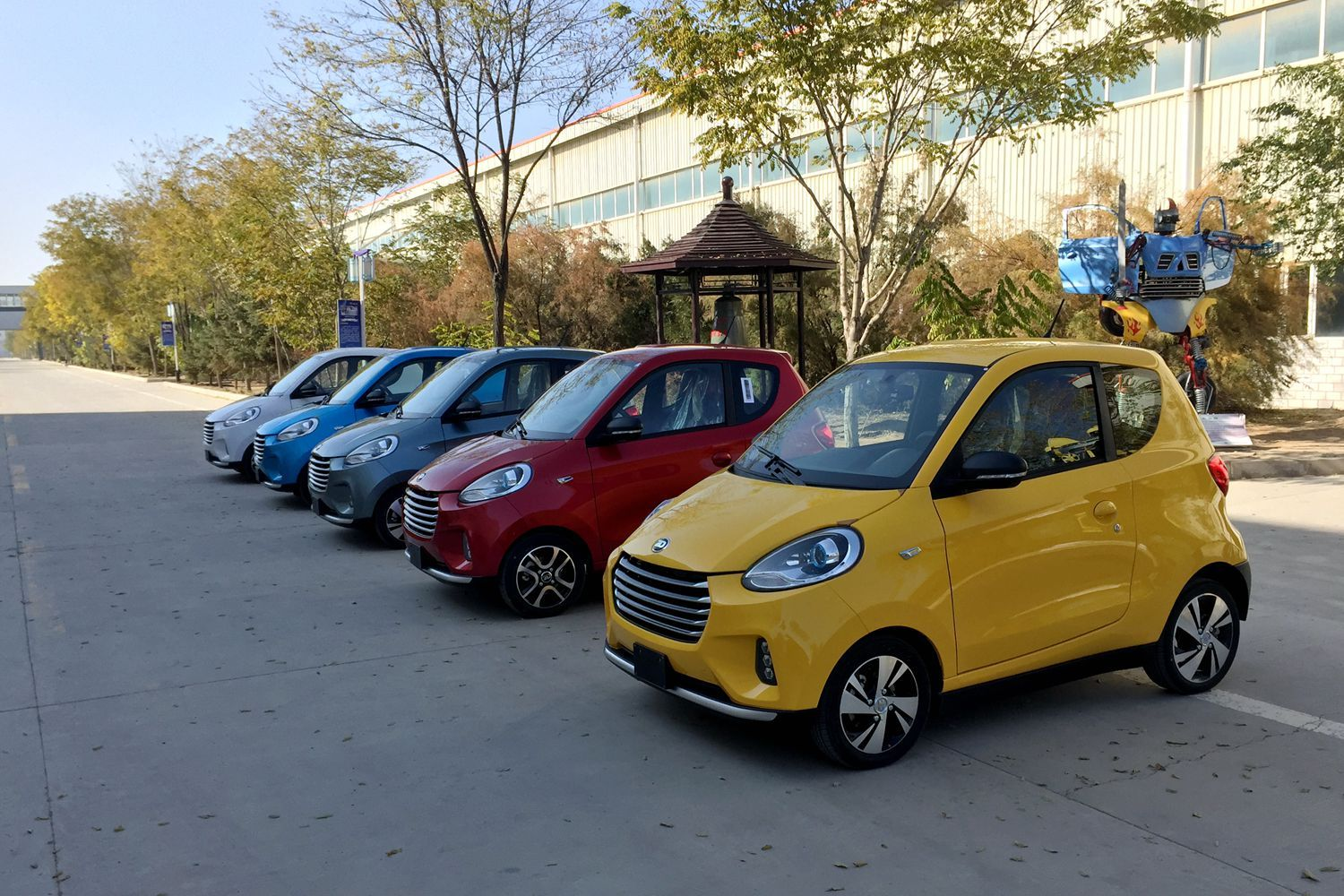In March, the electric vehicle market is thriving.
XPeng delivered 5102 vehicles, a year-on-year increase of 384%;
NIO delivered 7257 vehicles, a year-on-year increase of 373.4%;
LI Auto delivered 4900 vehicles, a year-on-year increase of 238.6%…
This beautiful spring is just the latest chapter in the sustained sales growth of the top three new car forces.
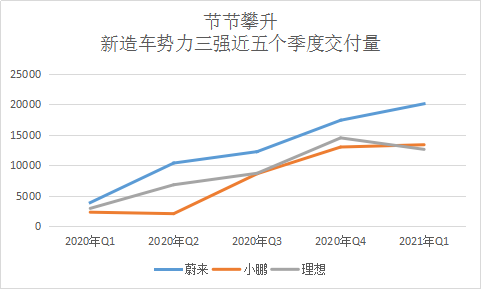
LI Auto’s quarterly delivery volume rose for four consecutive quarters and slightly dropped in the first quarter; XPeng’s delivery volume has been rising for the last four quarters, reaching a quarterly record high; NIO has risen for five consecutive quarters, with quarterly deliveries surpassing 20,000 for the first time.
In addition to the models of the top three new car forces, Hongguang MINI EV and Tesla Model 3/Y have also seen their sales skyrocket since their launch, becoming truly hot-selling products.
Before 2019, electric cars were still in the subsidy era, and although there were so-called hot-selling products, policy was more of a driving force. Since 2020, hot-selling electric cars have emerged in the market, with little impact from subsidies, but consumers have embraced them, driving continuous market growth.
These hot-selling products are very different, but their sales are climbing fast with strong momentum. What common rules do they have behind them?
We believe that there are some. If a car meets the four laws mentioned later in this article, it will inevitably sell well.
Law 1: Create demand and make products for trends
How do current hot-selling products become hot?
Before the “god car” Hongguang MINI EV was born, there was no electric car at this price, and even A00 gasoline cars were disappearing.
But the lowest price of 28,800 yuan for the Hongguang MINI created such a category. Young people in cities who crowded on buses, subways or taxis suddenly found that they only need a few months’ salary to buy a car for transportation.
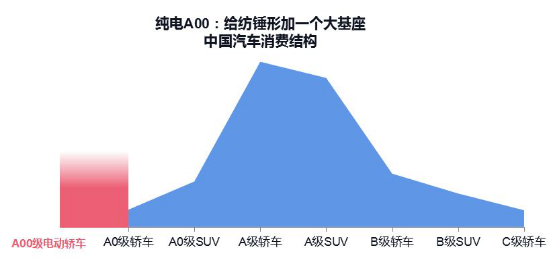
The 28,800 yuan Hongguang MINI EV did not try to take customers away from gasoline cars, but insightfully prepared appropriate products to capture new demand, anticipate new trends, and give products in advance. Similar phenomena have also occurred in the high-end electric vehicle market.
What is NIO selling, which just achieved the production of its 100,000th vehicle?
NIO founder Li Bin himself said that he is not selling the car itself, but a full experience that exceeds user expectations. This experience is created by services, which means that they are selling services.## China’s finance, entrepreneurship and executive circles are ready for smart electric vehicles, but they worry about inconvenient charging and maintenance. By offering battery swapping, one-click charging, and an ultimate full-process service experience, NIO satisfies the demand of those people.
What did XPeng Motors predict in advance?
When everyone owns a smartphone, the youngest minds imagine what a smart car looks like.
XPeng Motors fulfills this initial imagination.
Of course, there must be smart driving, but young people who grow up with the internet want smart driving that suits their tastes. In the cabin, they need a smooth and interactive experience with familiar functions.
The smart driving and cockpit developed by XPeng Motors based on localized demand are the most familiar to young people.
User portraits show that XPeng car users are younger, more familiar with the Internet, love to play online games and videos more than other new car forces. XPeng discovered their trend of smart cars and best met their needs.
Law 2: Self-brought traffic topic attributes
Many people envy and say: Musk is a marketing master.
Although Musk often does something amazing to attract attention, what is more important is that he brings his own traffic. As of the end of March, Musk had 50.11 million followers on Twitter. Although this number seems not many compared to the Weibo fans of Chinese stars, he can rank 24th in the most followed people on Twitter in the US. Coupled with global media attention, Musk is already a global top character.
Tesla’s every move has attracted a lot of attention and spread spontaneously, making it a synonym for smart electric vehicles for a period of time. Tesla basically does not spend marketing expenses, but has the highest global attention.
Other best-selling models and brands have similar phenomena. However, their self-brought traffic topics are different. Hong Guang MINI EV is extremely low price; NIO Automotive is extremely service-oriented; Ideal Automotive is a “dad car” features and range extension technology; XPeng Motors is an advanced smart experience.
In the era of XPeng G3, car friends talked about how smart parking was stronger than old drivers, how to easily drive thousands of kilometers with ACC+LCC, and how to flirt with the voice system “Little P” on various forums and WeChat groups. With the upgrade of automatic driving, especially the introduction of NGP function and the comparison with Tesla NOA, car friends and media are both interested. In addition, the continuous conversation is supported by voice interaction, and some car owners say that the “Jarvis” system is as powerful as Iron Man. In addition, XPeng Motors’ free charging plan launched in September 2020 also made car owners talk about finding XPeng wool…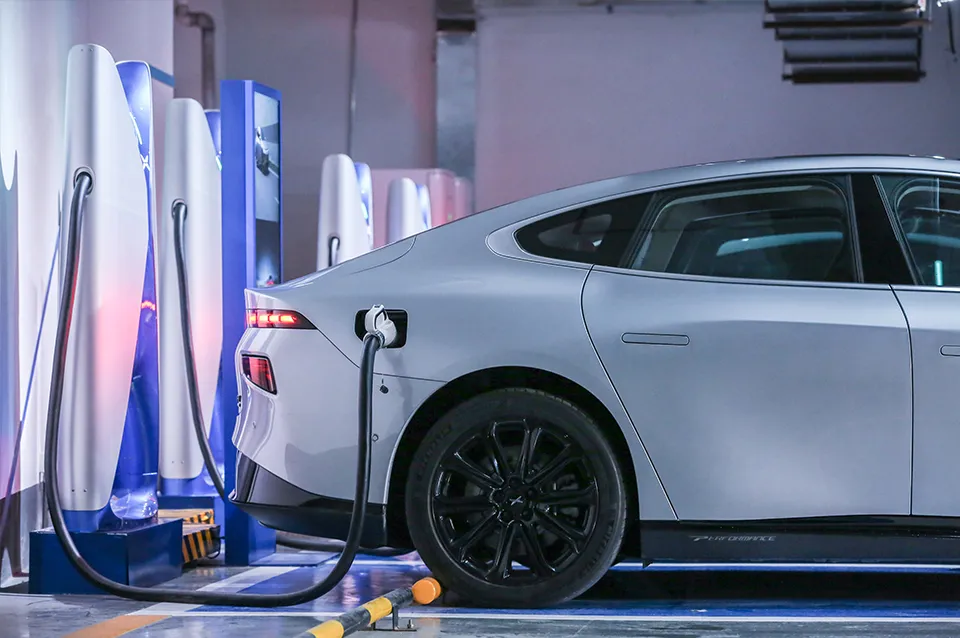
Law 3: Pursuing the Ultimate
Lei Jun, the founder of Xiaomi who just announced to enter the car-making industry, has a famous phrase: Focus, Ultimate, Word-of-mouth, and Fast.
Although there are many companies focusing on electric vehicles, those who can achieve ultimate performance are rare. Interestingly, some of the best-selling ones can do that:
Tesla: Ultimate electric driving experience and cost reduction
Hongguang MINI EV: Ultimate price
NIO: Ultimate service
LI ONE: Ultimate value for large luxury SUV
XPeng: Ultimate intelligent driving experience
Lei Jun explained that ultimate means achieving the best level that you can, while also reaching a level that others cannot.
In terms of intelligence, XPeng Automotive has achieved “a level that others cannot.” XPeng P7 is equipped with industry-leading 31 sensors. Its XPILOT 3.0 is the best automatic driving solution adapted to Chinese road conditions.
China’s road traffic scene is one of the most complex in the world. Driver insertion, urban congestion, irregular traffic participants and more all challenge automatic driving’s decision-making.
Firstly, XPeng P7 is fully equipped on hardware, comprising the industry’s only dual-perception fusion system. For example, by arranging 14 cameras, it can achieve 360° full coverage of distant, middle, and close-up areas, and the side camera can recognize nearby inserting vehicles.
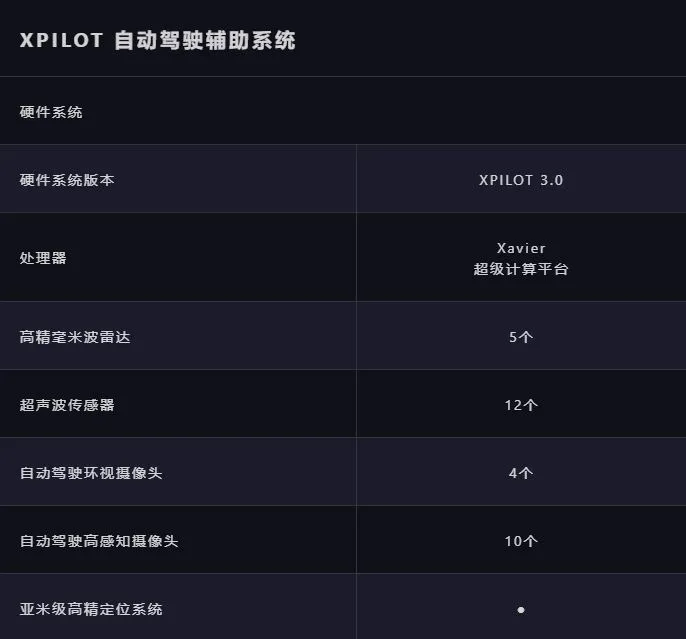
Secondly, compared to Tesla, the most aggressive in global automatic driving applications, XPeng P7’s biggest advantage is that it develops automatic driving solutions based on China’s road conditions. For the three major problems of road environment, traffic environment, and driver habits, XPeng Automotive can understand China more than Tesla. Judging from XPeng Automotive’s NGP performance, it is more suitable for Chinese road conditions than Tesla’s NOA.
Currently, XPeng Automotive is the only full-stack self-developed automatic driving software and intelligent cabin vehicle manufacturer in China. The new car model XPeng Automotive will launch may become the first model equipped with mass-produced LiDAR in the industry. From these signs, XPeng Automotive’s ultimate intelligent driving experience will continue to lead.
Law 4: Product Lifelong Growth
“We are in a liquid world where everything is constantly flowing, upgrading, and becoming better,” said Silicon Valley guru Kevin Kelly.One of the examples he gave was cars. This thing that was invented over a hundred years ago, which looks like a sturdy structure of steel and iron, is also upgrading. “While you’re sleeping, Tesla cars are constantly upgrading and they’re getting better and better, this is a new world we’re about to enter.”
How do we adapt to such a world?
One of Kevin Kelly’s prescriptions is: first, lifelong learning, keep learning continuously. Second, don’t see things as products, but as a process. Just like in the past, we had printed encyclopedias, but now we have the constantly updated Wikipedia.
Those popular electric vehicles are increasingly possessing the attributes of internet products as well. On the one hand, electric vehicle manufacturers are continuously iterating on existing hardware through vehicle OTA (Over The Air) updates; on the other hand, they are developing new products and applying new technologies faster than ever before, surpassing traditional automotive manufacturers.
Regarding OTA updates, for example ID. EVs by Volkswagen (VW), since its debut, it has undergone at least 11 OTA updates. Each OTA update can bring users new features or experiences. For example, OTA version 2.0 of Volkswagen’s software enables users to benefit from major enhancements to software, infotainment and advanced driver assistance systems (ADAS), such as a car departure alert function, and adjustment of the starting speed of lane keeping assistance function from 15 km/h to 0 km/h.
XPeng Motors (XPeng) has completed 23 major OTA version updates on its vehicles, adding more than 130 new functions and optimizing 2300 functions.
XPeng is also a good example on the hardware side. Currently, XPeng is offering two production models: G3 and P7.
G3 was officially launched in December 2018. If we count all the internal test vehicles, in fact, it was already the third version. Later, from 2019 to 2021, G3 has updated at least 6 versions. In April 2020, XPeng P7 was launched, and the Peng Wing version was unveiled at the Guangzhou Auto Show at the end of that year. In March of this year, P7 added lithium iron phosphate battery version. XPeng’s third model will be unveiled at the Shanghai Auto Show in April. This model will be the first mass-produced model with a lidar sensor, which will take autonomous driving capabilities to a new level.
The rapid iteration and update of such products can bring more pioneering intelligent experiences to more users.
It can be imagined that in the continuous upgrading of smart cars, both existing products and new products will introduce new functionalities and experiences faster.However, on one hand, advanced level of autonomous driving is not yet achievable for intelligent vehicles, on the other hand, as a data terminal, intelligent electric vehicles have just begun to collect data, especially the collection and integration of data from people, vehicles, and roads. When data accumulation reaches a certain level, the functions and experience that intelligent electric vehicle manufacturers and operators can provide will be unimaginable.
Behind the Law
Electric vehicles, especially intelligent electric vehicles, will become a trillion-dollar market within five years, and the subsequent market space is difficult to estimate. Many companies are trying to get a slice of the cake, and their own strength may not be the key factor. Having a positive value and possessing strategic and organizational development capabilities from the beginning is even more critical.
The success of electric vehicles today is behind the values and strategic capabilities of business leaders, according to the 4 laws of electric vehicle sales. With this comparison, we can already see some clues as to who can ride the wind and sail far in the fiercely competitive race of intelligent electric vehicles.
This article is a translation by ChatGPT of a Chinese report from 42HOW. If you have any questions about it, please email bd@42how.com.
